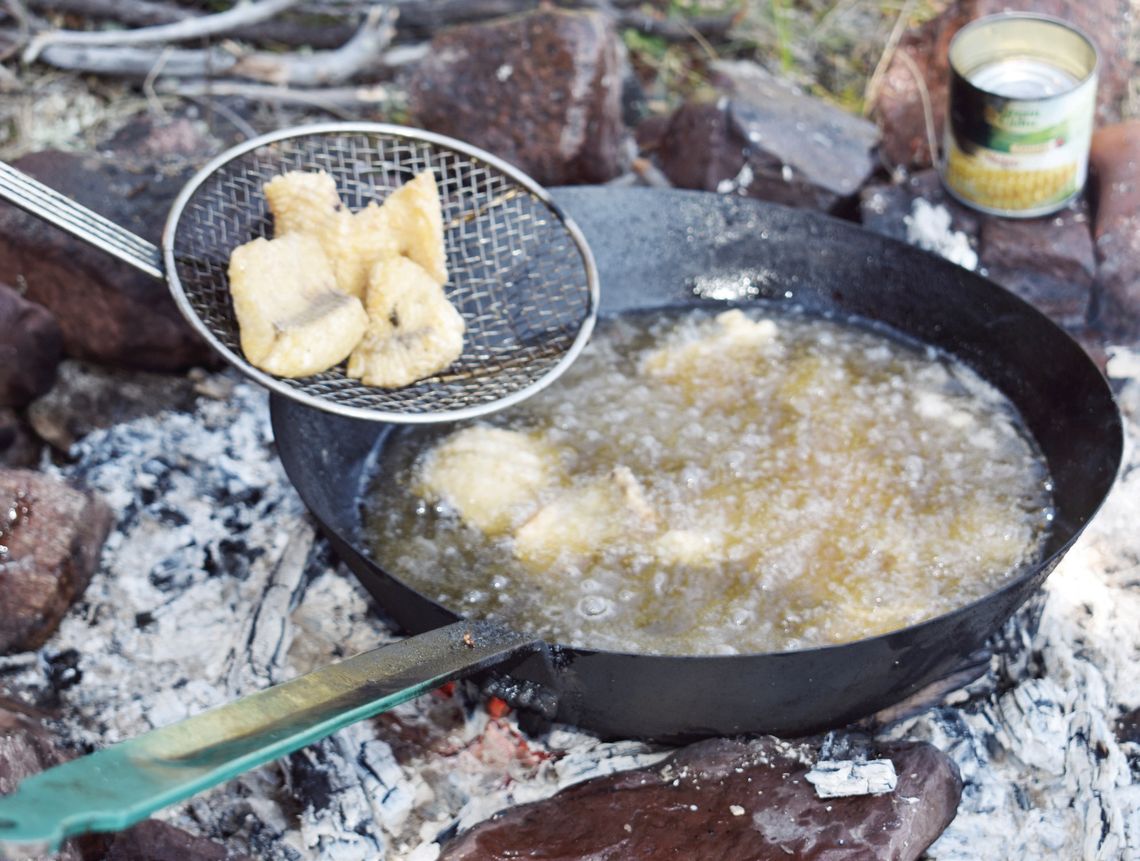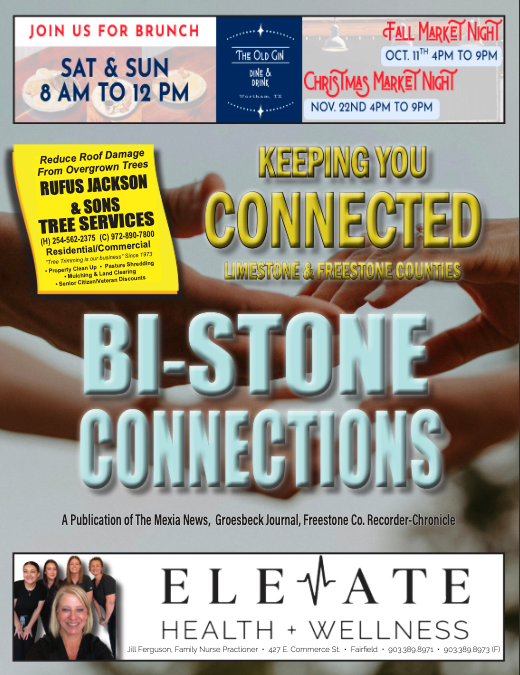Both obviously had a pasI’ve fried croaker and speckled trout from a fire fueled by driftwood on the beach and I’ve fried freshly caught catfish and white bass on the banks of remote east Texas creeks. I’m not sure I’ve eaten fish better than those walleye or northern pike fillets cooked over an open fire on a beautiful little island on a remote lake in northern Saskatchewan. The iconic ‘shore lunch’ is a way of life when fishing up in Canada.
These days, I often fry fish in the shade of some big oaks in front of the little cabin on our few acres. I love everything about a fish fry, everything from catching the fish to cleaning them properly to hearing that first fillet, well seasoned and dusted with a mixture of corn meal and flour, hitting the grease. And the smell of that tasty fish bubbling in a skillet of hot cooking oil, it’s the stuff that great outdoor memories are made! I want my fish to be crunchy but not over cooked. I have known folks that like ‘soft fried’ fillets. To my way of thinking a fried fish should be crunchy and it’s that additional minute or two in the hot grease that does the trick!
My early recollections of fish cooking over a hot fire in the outdoors goes way back to the 50s when I was a little whipper snapper growing up in very rural Red River County in northeast Texas. After my dad sold the 14,000 broiler chickens he raised every 10 weeks or so, he declared a holiday and loaded up the 1950 model International pickup and we headed to southeast Oklahoma to set up camp and enjoy a couple of glorious days running our trotlines, spending time together as a family and catching and eating tasty channel catfish. The meals always consisted of plenty of fish, fried potatoes, canned pork n beans and plenty of fresh onions, usually right out of the garden. Daddy had hinged plywood tables that mounted to the sides of the truck and this is where the fish frying usually took place. Occasionally he would cook fish over an open fire but not for that first evening meal. We were always in a rush to get the trotlines set, usually before we made camp. Our goal was to have enough channel catfish for the first evening meal. It was much quicker to fire up the Coleman stove than fool with building a wood fire to cook on. Back then we used what we called ‘white gas’ for fuel. I often wonder if the unleaded gasoline we fuel our vehicles with today would also serve as fuel for modern day Coleman stoves, I’m guessing it would but with today’s prices of gasoline, clean burning Coleman fuel is a much better option.




